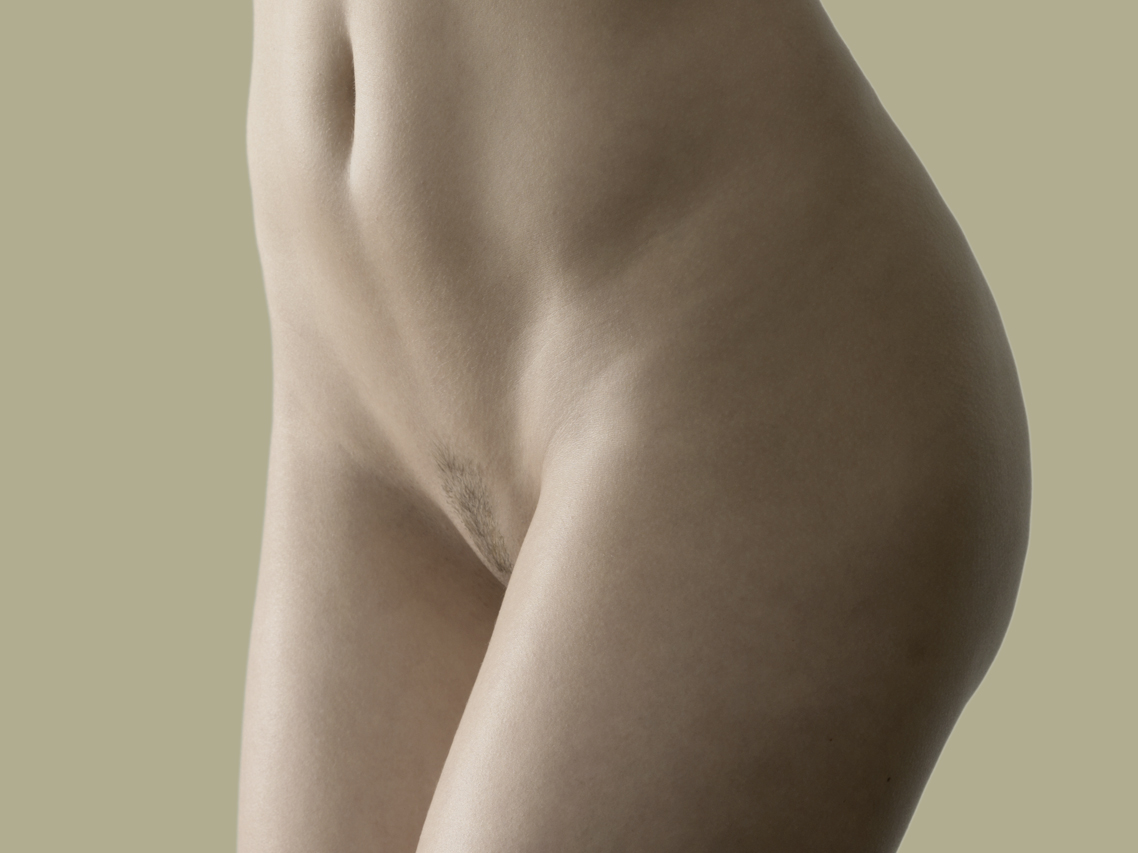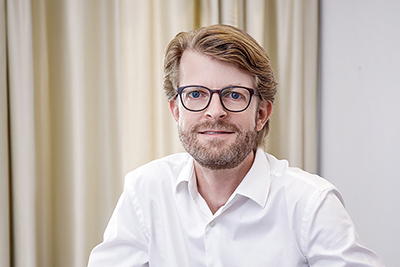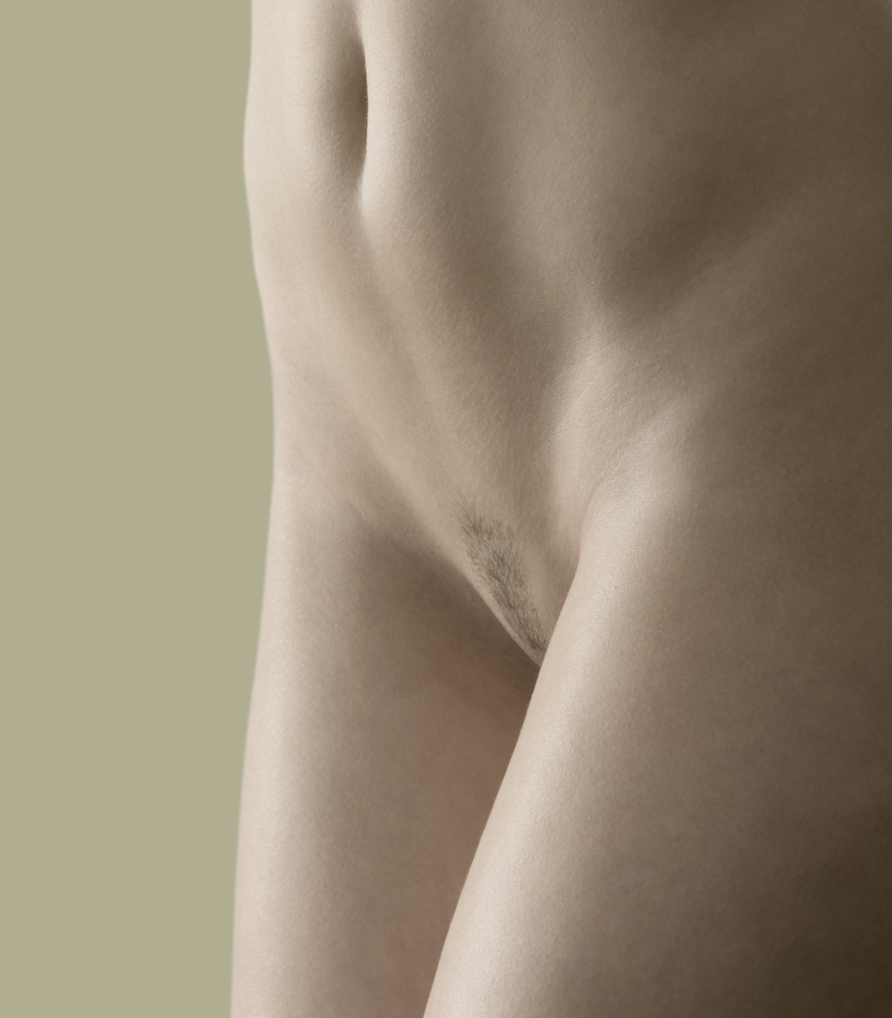
Aesthetic genital surgery is a relatively new field that deals with the restoration or improvement of the appearance and function of the reproductive organs. A mons veneris correction refers to the tightening or downsizing – rarely an enlargement – of the mons pubis (mons veneris), which might be too large or loose due to obesity, weight fluctuations or aging. Less frequently, it may have regressed. Various treatment methods such as skin tightening, liposuction, fat injection or injection of fillers can be used to correct the shape of the mons pubis. Depending on the findings, a tummy tuck (abdominoplasty) can be combined with monsplasty.
Considerations
When to consider having a mons pubis correction (monsplasty):
- You feel affected by an enlarged or slack pubic area.
- Your enlarged pubis causes functional problems e.g. during intercourse.
- You suffer psychologically from having an enlarged or slack pubis and you feel inhibited with your partner or in social situations, such as doing leisure activities (swimming, sport, etc.).
A mons pubis correction serves to reduce and shape the mons pubis, which may be enlarged or slackened by obesity, weight fluctuations or aging. The operation is basically possible at any age, unless there are severe underlying diseases which would tend to increase the risk of surgery. A prerequisite for pubis correction is a largely normal and stable body weight. If there is a large amount of excess fat and in particular, an abdominal fat apron, it would be necessary to have an abdominoplasty before undergoing a monsplasty.
Consultation
A prerequisite to a successful operation is careful planning. This starts with a personal consultation at the AARE KLINIK.
- Communication of wishes and expectations ascertain what you would like to improve.
- Explanation of the possibilities and scope of the operation.
Examination:
- Medical history is taken.
- During the physical examination, the contour and proportions of the pubic area and abdomen are assessed as well as fat distribution and skin quality.
- Measurements are made and digital photographs are taken that are subsequently used to ascertain the objective analysis of your surgery.
- Any scars (e.g. caesarean section, hernias) must be considered when planning the operation.
- Individual factors and personal wishes help in jointly deciding the choice of the appropriate surgical technique, the position of incisions and the resulting scars.
- Based on this, an individual treatment plan is developed and goals of the operation are discussed and defined.
- Risks and possible complications are discussed and documented.
To plan the operation and to make a risk assessment we require:
- Full medical history (pre-existing conditions and previous surgery).
- Current diseases (high blood pressure, diabetes, thyroid dysfunction).
- Allergies or aversion to medications.
- Any important medical reports.
- Please bring any important medical information.
- If you are planning to lose a significant amount of weight or to get pregnant, this should be considered when planning a monsplasty.
- It may be advisable to wait for the stabilisation of your weight or after pregnancy before surgery is undertaken.
Procedure
Individual factors and personal preferences determine the surgical technique chosen for a labioplasty.
Depending on whether the pubic mound is too large or is loose a reduction by liposuction, skin tightening or a combination of both methods might be necessary. In rare cases, augmentation of the mons pubis is necessary by injecting autologous fat (lipofilling) or fillers. If lipofilling is undertaken to augment the pubic mound, excess fatty tissue is taken from other regions, such as the abdomen, hips or thighs and reinjected following adequate preparation. Since only small amounts of fat are needed, the fat harvest can be accomplished without visible changes at the donor site. The advantage of using adipose tissue is that it is the body’s own tissue, which is usually available in sufficient amounts and does not carry the risk of a foreign body. It can also be molded easily.
Depending on the findings, a monplasty can be combined with liposuction and/or tightening the abdominal region (abdominoplasty) and/or correction of the outer and inner labia (labioplasty).
Risks
Mons veneris corrections are frequently carried out by plastic surgeons in the context of abdominal tightening or lower body lifts or as isolated procedures. Complications, such as infection, healing problems or circulation disorders of the pubis tissues are rare when surgery is conducted with proper care. However, in individual cases a longer treatment or another operation may be required. Therefore, every patient should be informed of all the benefits, risks and possible complications involved.
The lighter complications that usually heal without consequences include: bruising (hematoma), wound fluid accumulation (seroma) and swelling. Severe bruising can necessitate surgical removal. Numbness of the pubic skin is common, but is usually only temporary if it does occur.
The risk of severe complications such as circulatory disorders and wound healing problems is increased in smokers or patients with impaired immune system or chronic diseases, such as diabetes. Combined interventions also increase the risk of complications.
General risks
- Haematoma (bruising), bleeding and swelling
- Seroma (accumulation of wound secretion)
- Healing problems or infection
- Wound breakdown/dehiscence (separation of wound edges)
- Injury of nerves or vessels
- Numbness in area of operation (temporary or permanent)
- Circulatory problem in the pubic skin (skin slough)
- Slight asymmetry
- Partial degradation of injected fatty tissue
- Unsatisfactory aesthetic result
- Secondary surgery
- Thrombosis or embolism
Overall monsplasty is a safe procedure when undertaken by an experienced plastic surgeon and patients are mostly satisfied with the results. You can help to minimise the risks by following the advice of your surgeon.
Preparation
Our aim is to make the time before and after your surgery as comfortable as possible. By following a few recommendations you can support our care:
- To aid the healing process, avoid smoking for two weeks before and after the operation.
- Avoid medication that increases the risk of bleeding, like aspirin, non-steroidal anti-inflammatory drugs, as well as vitamins and homeopathic remedies for two weeks prior to the operation.
- Labioplasty is mostly performed as an outpatient procedure under local anaesthesia.
- Make sure that you can be collected and cared for by someone for 24 hours after the procedure.
- In some cases (e.g. if monsplasty is done in combination with other procedures like liposuction or abdominoplasty) it may be recommended to stay overnight as an inpatient in hospital.
Day of surgery
In most cases, monsplasty is performed under local anaesthesia as an outpatient procedure at the AARE KLINIK. In individual cases, when necessary, the procedure can be undertaken in an affiliated private hospital.
- During surgery you will receive various medications for your wellbeing.
- Usually, monsplasty is performed under local anaesthesia.
- After surgery you will be taken to the recovery room, where you will have continued monitoring until you are fully awake and are able to get up.
- You will be allowed to return home after a few hours.
- If you are operated in the hospital, you will be taken from the recovery room to the ward where you stay under surveillance until the next day.
- Already on the day of the surgery you should get up regularly for a few minutes in order to minimise the risk of thrombosis.
- The level of pain after a monsplasty usually not severe and can be compared with muscle soreness.
- You are advised to take mild pain relief that reduces swelling and should be continued for several days after surgery.
- In case of an ambulatory procedure, you should have someone to care for you continuously for 24 hours postoperative.
- We also provide the option of an over-night inpatient stay at the AARE KLINIK in a single room with a personal nurse care, if needed.
After surgery
- It is important to realise that recovery from an operation varies for every individual.
- You should rest in the first days after the procedure.
- In the first few days after surgery you should not exert yourself physically and cool the area around the wound.
- Only take the prescribed painkillers and avoid any medication that contains aspirin or other blood-thinning substances.
- In the first 2–5 days after the procedure, a feeling of tension and light pain will be felt in the region of the surgery.
- Pubic skin may feel temporarily numb or hypersensitive. This is usually temporary.
- However, it may take weeks or months, in some cases even longer for sensation to return to normal.
- Slight swelling and bruising in the area of surgery usually subsides within 2–3 weeks.
- Typically you will be able to resume most of your usual activities one week after surgery.
- After a few days you can shower as normal.
- Full baths and excessive heat (e.g. sauna), however should be avoided for several weeks until swelling has receded.
- Most stitches will dissolve by themselves and do not need to be removed.
- Non-dissolvable stitches are removed after one week.
- After removal of the sutures, we recommend the start of an intensive skin and scar care with rehydrating creams and light massage.
- In individual cases it may be useful to have special treatment with silicone gel or silicone plasters over a period of 2–3 months.
- The fresh scars should be protected from UV radiation for at least six months, in order to prevent increased pigmentation.
- Activities that require prolonged sitting can usually be resumed after a few days.
- Physically demanding activities and sport should be avoided for 4–6 weeks.
- Sexual intercourse should be avoided for 6 weeks.
- After surgery you will be examined at the AARE KLINIK at regular intervals, so that the healing process can be assessed until the final result is achieved.
Outcome
- Swelling and bruising of the pubic area may remain for some time after surgery.
- The healing process is gradual and it takes several months before the surgical result can be conclusively determined.
- Scars might be a bit red for several months or appear pigmented, but this will fade with time.
- Scars are easy to conceal under clothing.
- Thick (hypertrophic) scars may require treatment with special silicone gel or pads and cortisone injections.
- After a mons pubis correction women often feel more self-confident and find it easier to wear certain clothes.
- The result of a monsplasty is usually long lasting.
- Gravity, the aging process, weight fluctuations, pregnancy and lifestyle continue to affect the outcome over time.
Costs
Monsplasty is usually an aesthetic procedure, in which case the costs have to be carried by the patient.
The costs of an aesthetically motivated monsplasty are variable and mainly depend on the complexity of the operation, whether fillers are used, and the facility in which the surgery is performed (hospital or AARE KLINIK). A more accurate cost estimate can therefore be made only after a personal consultation.
The costs are composed of:
- Surgical fee (including consultation and post-operative care)
- Anaesthesia fee
- Technical infrastructure costs (AARE KLINIK/hospital)
- Inpatient hospital costs
- Fillers
- Medication
- Diagnostics (laboratory, ECG, scans, etc.)
Appointments for mons veneris correction with Dr. Scheufler in Bern
Before any genital surgery you should have a comprehensive consultation and additional examination. Only in this way can you be sure whether the type of surgery will lead to the result you expect. In addition, your consultation will give you a good impression of our experience in the field of intimate surgery. Feel free to ask for before and after photos to get an idea of what the results look like.

Dr. med. O. Scheufler, specialist in plastic, reconstructive and aesthetic medicine and author of this website, is pleased to be at your service for a personal consultation. Besides his main work at the Aare Clinic, PD. Dr. Scheufler is also scientifically active and has habilitated at the University Hospital of Basel. He was therefore awarded the title of assistant professor by the University of Basel. In addition, he was honored by Duke University (USA) as a Visiting Professor. So do not hesitate to contact him if you wish a professional consultation!



